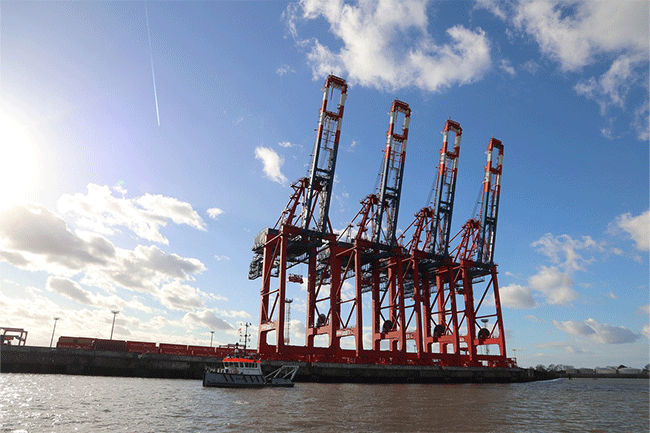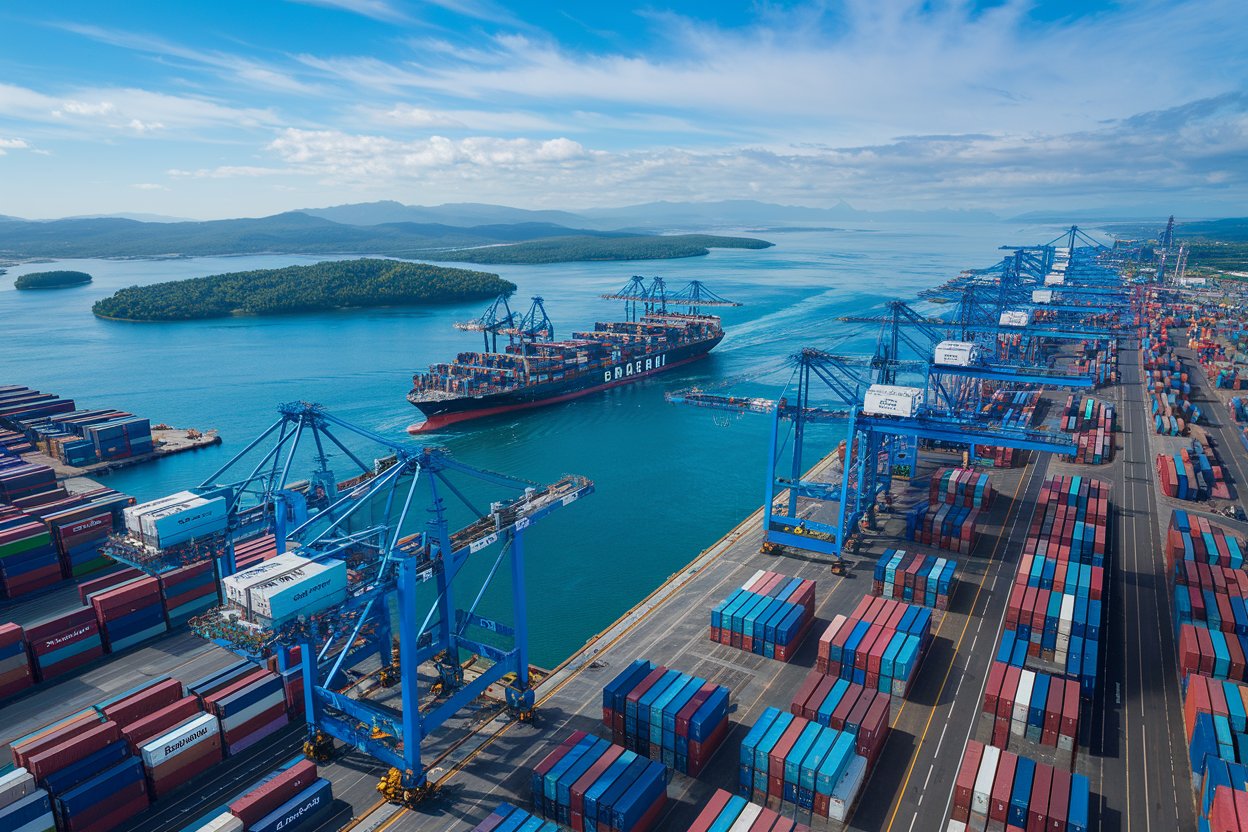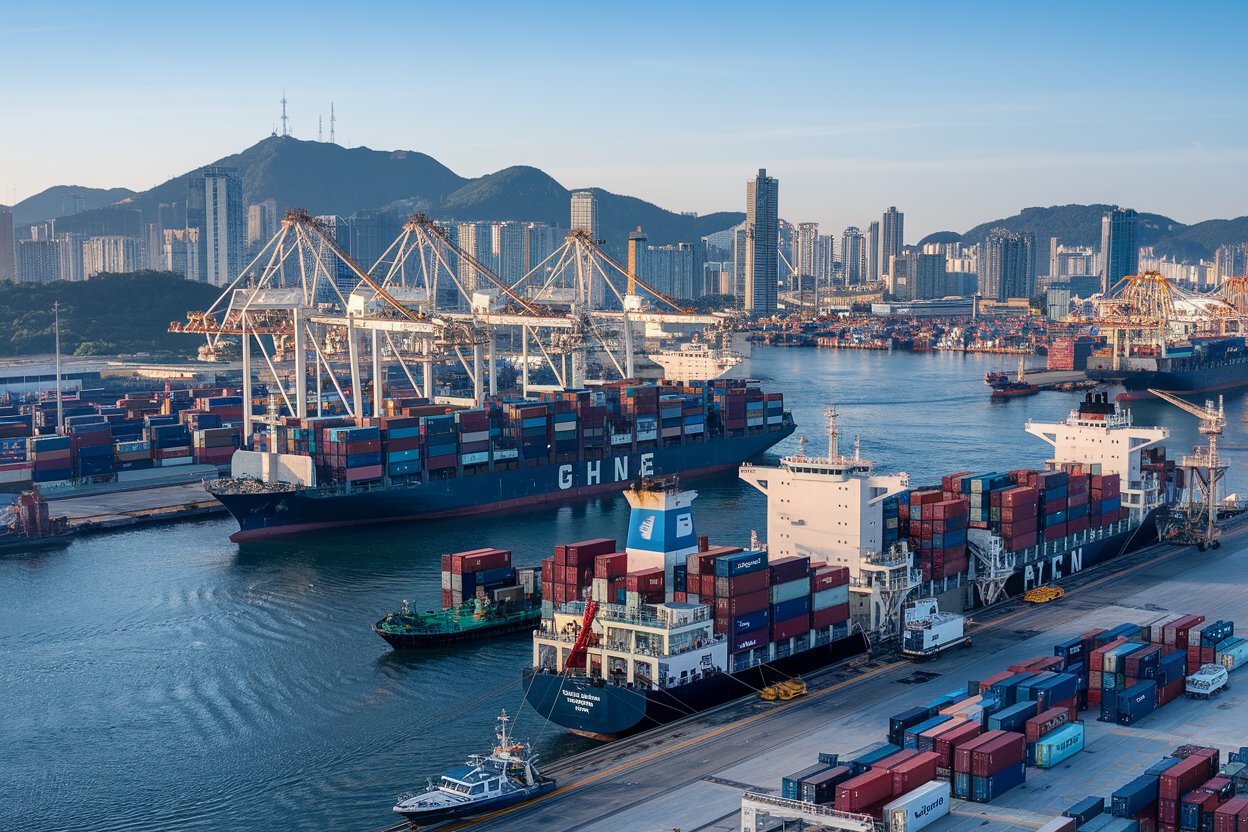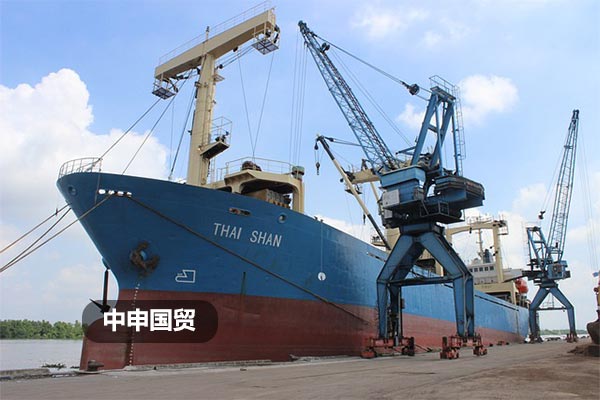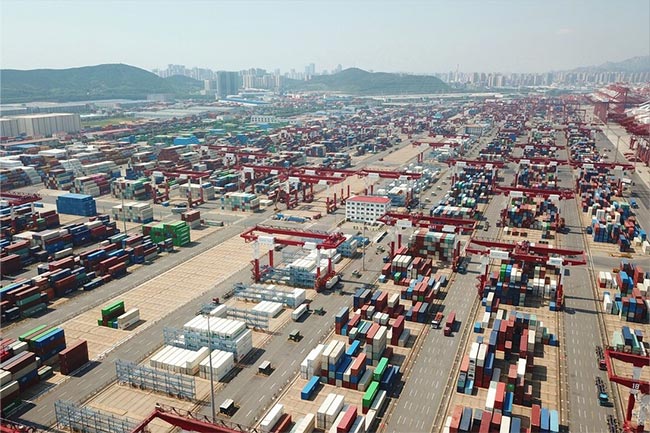- Shanghai Zhongshen International Trade Co., Ltd. - Two decades of trade agency expertise.
- Service Hotline: 139 1787 2118
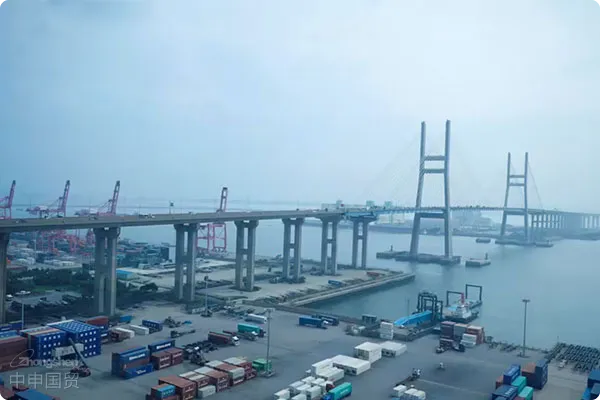
How to choose reliableExport RepresentationService providers?
When selecting export agents, it is recommended to adoptFive-dimensional evaluation method:
- Qualification verification: Confirm possession of customs AEO certification,import and exportand other statutory qualifications
- Industry experience: Focus on evaluating case studies of handling similar product categories (e.g., hazardous materials requiring dangerous goods packaging certification experience)
- Service network: Verify the customs clearance capabilities of inspection agents at destination ports (especially in emerging market countries)
- Compliance capability: Ability to handle the newly implemented RCEP rules of origin taking effect in 2025
- Risk control system: Whether a complete trade document review mechanism has been established
What are the key components of a complete export agency service process?
Typicalforeign tradeThe agency service process can be divided into three stages:
- Pre - preparation Stage
- Trade term confirmation (beginners are recommended to use EXW or FOB)
- Pre-clearance document review (special attention to HS code classification)
- Logistics execution stage
- Booking and space guarantee (requires 45-day advance confirmation during peak seasons)
- Dangerous goods declaration (GHS labels must comply with the latest standards of the destination country)
- Post-shipment service phase
- Export DrawbackDeclaration (electronic return warehouse to be implemented from 2025)
- Trade data archiving (recommended retention period not less than 5 years)
How exactly are export agency fees calculated?
Agency fees usually consist of fixed fees and variable fees:
- Basic service fee: 0.8%-1.5% of cargo value (based on 20 container)
- Additional fee items:
- Commodity inspection fee (additional for legally inspected goods)
- Customs inspection handling fee (random inspection probability approximately 3%)
- Expedited certificate fee (e.g., urgent issuance of CO)
- Special note: The Single Window for International Trade Fee Collection Measures implemented from 2025 requires all fees to be itemized
What can agency companies do when goods are inspected by customs?
Professional agencys inspection response strategies include:
- Preparing an inspection documentation package (including proforma invoice, packing list, test reports, etc.)
- Arranging on-site inspection assistants (emergency response time <2 hours)
- Providing legal opinions (to address classification disputes or anti-dumping investigations)
Recent data shows professional agencies can reduce average inspection processing time by 40% (General Administration of Customs 2025 statistics).
How to most effectively handle export agency disputes?
Recommend establishing a three-tier risk prevention mechanism:
- Contract Agreement
- Clearly define liability allocation clauses (especially cargo damage compensation standards)
- Specify dispute resolution methods (preferably international trade arbitration)
- Process control
- Written confirmation of key milestones (e.g., signed return receipt required for shipping notifications)
- Establish dual-person verification system (important documents must undergo cross-validation)
- Evidence preservation
- Complete communication records archiving (including instant messaging records)
- Real-time logistics tracking (requiring GPS positioning data)
How to evaluate the service quality of agency companies?
It is recommended to focus on three core metrics:
- Customs clearance timeliness: normal customs declaration completed within ≤2 working days
- Error rate: Documentation error rate should be <0.5%
- Exception handling capability: Emergency response time <30 minutes
May request the agent to provide the past 6 monthsKPI implementation report, focusing on verifying key data such as customs declaration accuracy and tax refund processing cycle.
Related Recommendations
Learn
Get in Touch
Email: service@sh-zhongshen.com
Related Recommendations
Contact via WeChat

? 2025. All Rights Reserved. Shanghai ICP No. 2023007705-2  PSB Record: Shanghai No.31011502009912
PSB Record: Shanghai No.31011502009912
